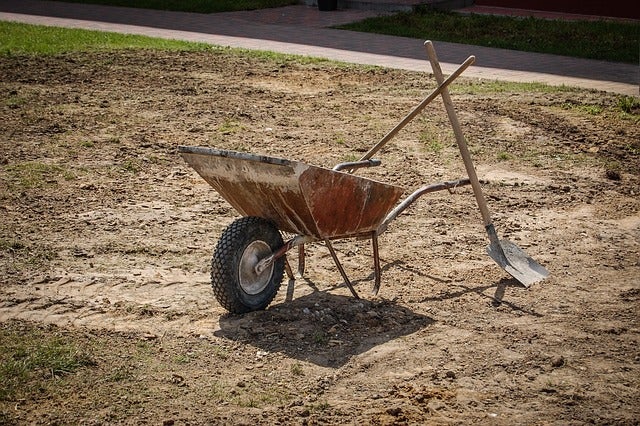What’s in my soil? Bacteria, fungi and nematodes, Oh my!
Published 3:43 pm Saturday, March 5, 2022
|
Getting your Trinity Audio player ready...
|
Did you ever wonder what is in your soil? I admit when I first started gardening, I hadn’t given it much thought. However, over the years I’ve learned that feeding the soil is just as important (if not more) as feeding the plants. Soil consists of solid mineral particles, water, air and organic matter. Overall, good soil attracts beneficial organisms, produces chemicals that help to add resistance to bad bacteria and viruses; and helps with the uptake of nutrients and water.
I wanted to share some of what I learned over the last few years. It’s really not that complicated once you break it down into small components. Generally, the organic part of soil is made up of bacteria, fungi and other types of microorganisms. There are more microorganisms in a handful of soil than there are people in the world. In fact 75% of the living organisms in soil exist within the first 2 inches of the soil.
Bacteria acts as the workforce of the entire group – think of bacteria as the worker bee. Bacteria helps to breakdown the nutrients for the plants and improve soil structure. Bacteria can tolerate moderate levels of soil disturbance.
Fungi is also present. There is less fungi in soil then there is bacteria, but when the soil is undisturbed, the fungi definitely dominate. If you’ve ever heard of a symbiotic relationship, this is a prime example of how two components working together can achieve balance. During the photosynthesis process, the plants give up carbohydrates which provides food for the fungi.
What does this all mean for the average gardener? Well, for starters, it shows us that plants play a vital role in soil by capturing carbon and absorbing soil water and nutrients. When the plants eventually die, the plant residue goes back into the soil and becomes dead plant material which then feeds the organisms such as beetles, worms, bacteria and fungi.
More importantly, it means that you really want to reduce the amount of physical tilling you do to the soil. For the most part, small amounts of tilling is probably fine, but the more you can limit it, the greater the levels of fungi will accumulate and survive. In essence, you can compare the effects of tilling to someone who gets paid on a Friday and spends all their money before the next payday and then has no money for food. Tilling the soil tends to oxidize the soil’s organic matter which causes the microorganisms to use it faster. The downside to this is that is gets used up much faster than normal and then it depletes the carbon food source – there are no reserves, no savings for future capacity. The microorganisms then starve and become dormant. This disrupts the life cycle.
Adding compost to your soil is a great way to feed it. Another good practice is to test your soil to make sure it has the right make up of nutrients, such as nitrogen, phosphorus and potash. You can learn about soil testing on Virginia Tech’s website www.soiltest.vt.edu.
Most VCE Extension Offices are now open. Masks and social distancing are required. If you can, call your local Extension office, before going, to make sure that staff will be in if you need to bring a sample in or need to talk with an agent or master gardener directly. If you have gardening or landscape questions, you can continue to reach an extension master gardener or extension staff member by calling your local extension office. I am providing the local phone numbers and email address for Virginia Extension Offices in our area.
Halifax County: (434) 830-3383 or email wmccaleb@vt.edu
Brunswick County: (434) 848-2151 or email clgregg@vt.edu
Lunenburg County: (434) 696-5526 or email crenshaw@vt.edu
Mecklenburg County: (434) 738-6191 ext. 4372 or email cclarke@vt.edu
Nottoway County: (434) 645-9315 or email tabston@vt.edu
Randi Clifford is a VCE South Central Master Gardener. He can be reached by email at gcrr19@aol.com.



